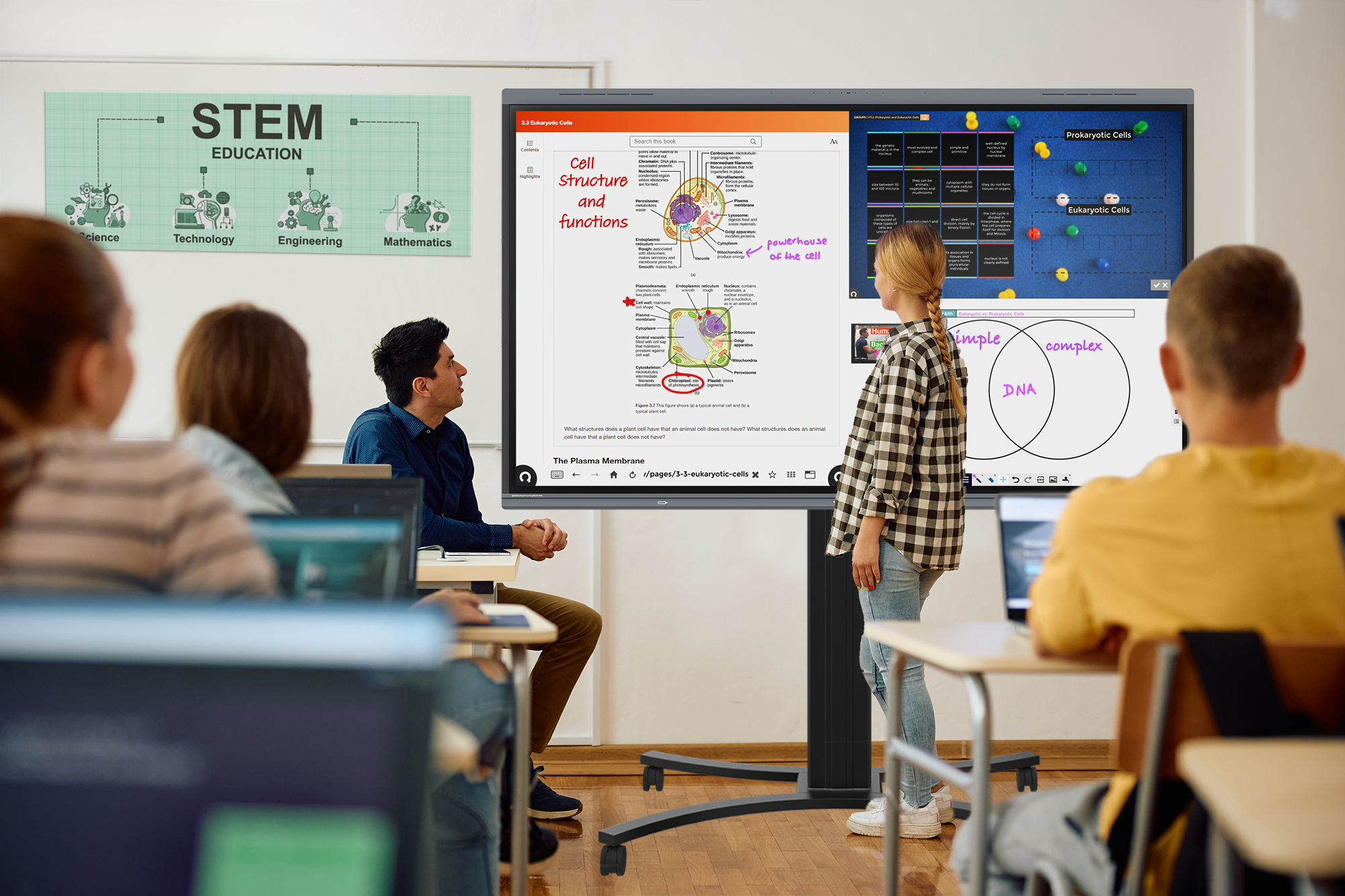Creating a More Equitable Future Through Higher Education
Crisis sparks creative thinking and problem solving. In the midst of COVID-19, the education system has responded and adapted to a variety of challenges. Entire school districts and campuses shifted to online interfaces overnight, with teachers revamping their lesson plans to meet new requirements. However, in the process of all these changes, systematic inequity and disparity has come to the forefront of online education. Learning from home not only requires access to technology and Wi-Fi, but also physical space, family support and emotional capability. The pandemic has certainly presented a challenge to every student and has disproportionately challenged some students based on lifestyle factors that are beyond their control.
During this global crisis, the education system has a historic opportunity to advance forward in a way we have never seen before. Every university has unique characteristics such as location, resources, socio-economic landscape, and infrastructure. These features affect how universities can offer an environment that is safe and structured for its students. The broader, more existential question about the long-term impacts of the pandemic is something that stakeholders all wonder about – how can we take what we have learned during COVID-19 and develop positive changes in higher education that will shape a more equitable futures for learners?
Emphasizing Hybrid Learning
Before the pandemic, integration of alternative technologies was slow to scale in higher education. When schools and universities across the world had to shift to virtual learning almost overnight, it changed everyone’s perspective. Now that we know the true importance of online learning, we need to address the unfair elements of it. Scott Galloway, a marketing professor at NYU, believes that online learning and digital platforms will continue to expand resulting in universities having to navigate the indirect financial impacts. How will universities ensure that the student experience remains consistent between physical and virtual space?
Place and Community
When online learning was first introduced over a decade ago, the need for a physical learning space was in question. While the pandemic has shown us that virtual learning is great for some types of course material, hands-on learning and connection to classmates is crucial to other courses.
The pandemic has elevated the importance of human interaction across the globe, so having a physical place and community for students to learn remains an absolutely necessity.
Our post-pandemic world will aim to combine digital learning platforms with physical space. Returning to a sense of normalcy will be slow, and both students and teachers will need to decide what is safe and what is unsafe for them. However, as the world aches to experience social interaction and human connection, returning to campus for in-person learning is a high priority for many universities. The distribution of the COVID-19 vaccine is giving our nation hope and leading universities to choose in-person learning over online options for fall 2021. For instance, California State University, the nation’s largest public four-year higher education institution, is planning to return to on-campus learning. “While we are currently going through a very difficult surge in the pandemic, there is light at the end of the tunnel with the promising progress on vaccines,” says Timothy White, chancellor of the university.
A Sense of Community in Virtual Classrooms
An immediate solution to form a community and a sense of place in virtual classrooms is needed – and teachers can make that happen. Every online class has the potential to create relationships between both the students and the teacher, just in a different way. To establish a sense of community, teachers should treat remote learning just as they would in-person learning, which will set the stage for students to do the same. For example, there must be daily discussions and interactions between students. Teachers should host zoom meetings where students can do group work and class projects together. If possible, teachers should assign group projects so students have a chance to communicate outside of the classroom, and brainstorm together. Many online classes feature independent assignments like “learning journals” which in the end, discourage collaboration and live meetings. For the time being, teachers need to create assignments that will give students a reason to get to know each other. With teachers putting an emphasis on interaction and communication, students will feel more comfortable in their virtual classrooms.
Emphasizing Adaptable Skills
The job market is experiencing the need for marketable and adaptable skills. Along with unprecedented unemployment rates, the rising cost of secondary education is driving new trends towards adaptability and a growth mindset in people at all career levels. Credentials will still be valued, but how universities teach students their craft and the courses they require will connect more directly to the skill set that companies demand.
The typical four-year college experience is on the brink of change. More students are opting to enroll in community colleges, because those institutions have deep community roots and their occupational education programs play a huge role in meeting the immediate workforce needs. Community colleges offer many two-year training programs in which students can learn marketable, adaptable skills in a short period of time and for a more affordable price. COVID-19 has taken lots of time away from us, and students are eager to get that time back and advance in their education and their career path sooner than later. Although four-year degrees will continue to be required for many occupations, many industries are looking to streamline the amount of training needed to enter their field. Due to this trend community colleges will become a popular and far more realistic option for many households.
The Future is Bright
Our education system is always evolving, and our goal has always been to give children and young adults the education they need to be successful. Recent events have forced us to see the challenges around equity and designing education for multiple paths to success. Both the pandemic and recent racial justice protests have brought diversity, equity, inclusion and access to education into sharp focus. Focusing on issues that transcend the education system, such as segregation and institutional racism, are also a high priority as they have deeply contributed to the racial achievement gap. Every year looks different for universities as they face inconsistent funding and different enrollment numbers, so it’s essential that administrators prioritize the areas that bring the most value to higher education. At all times, education should create a sense of belonging for all people and communities, and focusing on that while driving growth is what will bring an equitable future.





















